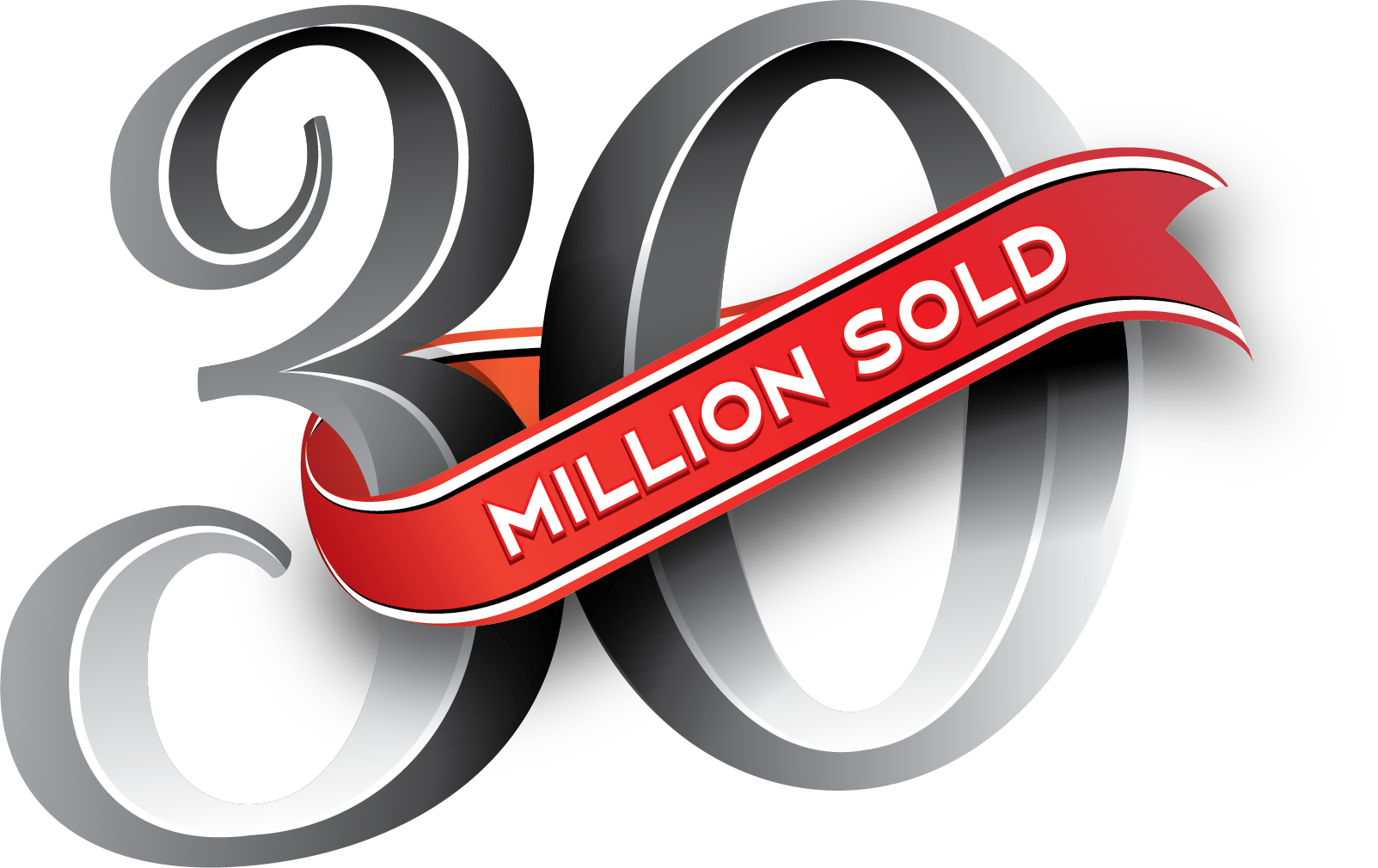From breaking in a new pair of shoes to spending long hours on your feet, there are many things that can leave you with painful foot blisters.
This annoying condition often makes walking and standing uncomfortable and may interfere with your daily workout. But what exactly causes them and what should you do about them?.
To put it simply, a blister is a type of skin irritation caused by excessive rubbing. Although most people get blisters from time to time, they occur most frequently in athletes and in those who spend lots of time on their feet at work.
To help you deal with this common nuisance, let’s go over some of the causes of foot blisters, along with how to treat them, how to avoid them and when to seek medical attention.
What Causes Foot Blisters
While blisters may be caused by many different things, a friction blister is a type of repetitive injury caused by excessive rubbing against the skin.
Rubbing causes the outer layer of skin cells to become detached from the inner layer. The injured area fills with a plasma-like fluid called serum, which forms the familiar bubble shape. In some cases the blister will also fill with blood.
Friction blisters are most often associated with physical activities such as running, walking, hiking or simply standing for prolonged periods of time. One of the biggest risk factors is wearing poorly fitted shoes that are either too tight or too loose. You are also more likely to get blisters when your feet are wet, including from perspiration while participating in sports.
Besides excessive friction, here are a few other things that may cause blisters:
- Burns
- Frostbite
- Allergies
- Bacterial, viral or fungal infections
- Poison plants such as poison ivy
- Insect bites
- Diseases such as chickenpox, herpes or eczema
How to Treat Foot Blisters
The good news is that friction blisters usually heal on their own within a few days. Proper care helps to promote healing and reduce your risk of infection.
While it may be tempting to pop, scratch or rub the affected area, it’s best to be patient and leave the blister alone. You may loosely cover it with a bandage in order to protect the skin without creating excess pressure.
If the blister makes walking uncomfortable, use padding for support. Cut the pad into a donut shape so that it fits around the blister, and then cover with a bandage to keep it clean. It’s also a good idea to gently wash the affected area with soap and water.
If the blister does pop, cleanliness is king. Again, wash with mild soap and water and gently pat dry with a clean towel. Apply an antibiotic ointment to kill bacteria and reduce the risk of infection. Avoid cutting the outer layer of skin as it provides protection for the raw skin underneath. Apply a bandage to avoid further injury and avoid friction with the affected area as much as possible.
How to Drain a Foot Blister
While it’s best to avoid popping a blister, in some cases it may be necessary to drain it if it becomes to uncomfortable or interferes with activities such as walking. Follow these steps to safely drain a blister:
- Wash your hands and the blister with soap and water. You may also use iodine or rubbing alcohol to disinfect the affected area.
- Sterilize a small needle with rubbing alcohol.
- Gently pierce one edge of the blister.
- Allow the fluid to drain.
- Gently clean the affected area with soap and water, then apply petroleum jelly or antibiotic ointment.
- To keep the area clean, avoid removing the top layer of skin.
- Keep it covered with a bandage to promote healing.
When to Seek Medical Attention
As we’ve noted, foot blisters typically heal on their own with no complications. However, they do carry a risk of infection. Check with your doctor or visit an urgent care center if you notice any of the following symptoms:
- Pus, which appears as a yellow or green discharge from the blister
- Pain or heat sensation around the blister
- Swelllng
- Red streaks around affected area
- Fever
Tips for Avoiding Foot Blisters
Finally, there are steps you can take to avoid getting blisters in the first place. These are especially important when spending long periods of time on your feet, or if you participate in sports.
- First and foremost, wear comfortable, properly fitting shoes. They should be neither too tight nor too loose.
- Wear moisture-wicking socks.
- If you notice any discomfort, wear moleskin or other soft bandage around the affected area to reduce friction.
- Applying petroleum jelly or moisturizer is another good way to reduce friction.
By following these simple tips, you can keep your feet healthy and comfortable.
You can also try Baby Foot Exfoliation Foot Peel to enjoy soft, youthful skin year round!


